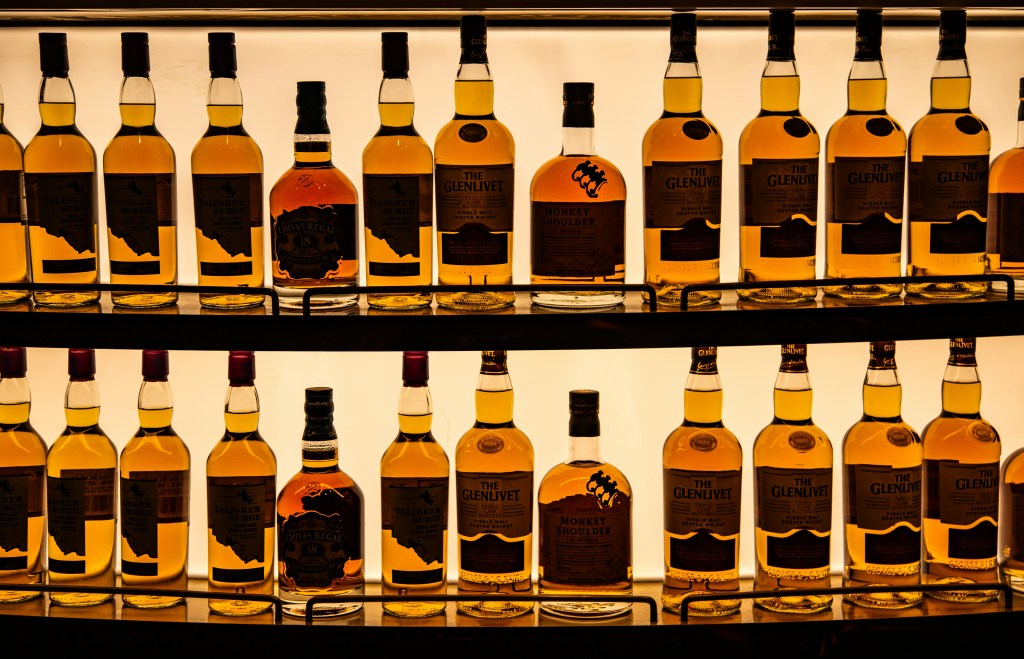Activities initiated by the Food and Drug Administration (FDA) will continue to affect the evolving hemp-based CBD marketplace in the U.S. over the next decade. As cannabis-curious consumers and companies wait for additional guidelines from federal regulators, NielsenIQ believes that brands, marketers, and consumers will have a big appetite for data and information about cannabis in 2020, giving us a peek into what a cannabis-rich consumer packaged goods (CPG) landscape could look like.
We project that the U.S. hemp-based CBD market could be a $2.25 billion to $2.75 billion industry in 2020. These conservative projections already account for hampered FDA rulings and other possible speed bumps for the hemp-CBD marketplace.
While the regulatory roadmap remains ambiguous, one thing is clear: The next decade for the hemp-based CBD market has the potential to be a game changer for the traditional CPG and retail industry. We’ve identified a handful of developments to be on the lookout for in 2020 that may tip the scales for manufacturers and retailers. These developments will play out as federal regulators align on the legality and safety of hemp-based CBD consumer products.
Targeted educational efforts will rise
While education will remain a necessity for hemp-based CBD manufacturers and retailers, expect a rise in manufacturer-driven, educational efforts to hit health care providers. NielsenIQ’s Q4 Health Care Practitioner Tracking Study found that although 70% of the practitioners surveyed said they discuss CBD with their patients, only about one-in-three practitioners were knowledgeable about the laws surrounding hemp-CBD.
If the medical community is properly educated, its influence will be profound for the hemp-based CBD industry. In fact, over the next decade, NielsenIQ believes that primary health care practitioners may do more to drive trial and brand/format loyalty than traditional branding and marketing efforts. NielsenIQ’s Thinking Beyond the Buzz study found that medical advice is a major motivator to hemp-based CBD trial.
In fact, nothing aside from free product trials is more convincing than a health care practitioners’ guidance: 50% of hemp-CBD interested adults said this would motivate them to try a hemp-CBD product, versus 16% for a family member’s recommendation, versus 17% for a friend’s recommendation, versus 15% having the product manufactured from a familiar brand. And the demand is certainly there. In the coming years, hemp-CBD products positioned as substitutes for over-the-counter (OTC) solutions targeting arthritis, sleep and general pain will attract the largest percentage of non-CBD users.
CBD prices will fall
CBD manufacturers that narrow the price gap between hemp-based CBD products and their CPG equivalents will maximize the opportunities to compete within the CPG space. Currently, the price gap is large. Depending on potency, CBD products frequently range between four and 10 times the retail price of CPG products used for comparable needs. Production efficiencies linked to cultivation and extraction practices will affect product pricing. The number of U.S. hemp farmers will rise over the next decade, as will the multi-million dollar investments that Canadian Licensed Producers are making in cultivating hemp in the U.S. market. We also expect to see price efficiencies from the growing of hemp in Latin American countries. A recent study by Hemp Benchmarks reveals that nearly 50% of current hemp cultivators in the U.S. expect to increase the acreage they devote to hemp cultivation. All of these will set the stage to make hemp-derived CBD more affordable for producers/manufacturers, fostering lower prices at shelf.
Consumers will grow an appetite for ingestibles
Capsules, gummies, and beverages will significantly grow their user bases, pending the FDA’s permission for manufacturers to legally infuse hemp-CBD extracts into ingestible products. In fact, NielsenIQ projections show that with FDA approval, ingestible formats could grow their existing user base as much as 250%-375% in a year’s time, as these are the formats that consumers are most familiar with. In addition, we know that these formats will benefit from recent technological advances in this space. For example, new water-soluble and nano-technologies both allow for more efficient absorption. We believe that over the next decade, categories that consumers use habitually or as part of their daily routine will contribute significantly to CBD growth and ultimately garner high sales due to replenishment frequency. CBD-infused beverages are especially a good fit for this—think coffee, functional waters, energy drinks, teas, and sport drinks.
Consumers will pass their CBD curiosity onto their pets
Hemp-CBD is exploding in the pet space, and a sizable portion of pet owners are already hopping on board. Our data shows that 37% of dog owners who give their dogs vitamins and supplements today say they’re likely to give their dog a hemp-CBD infused vitamin in the next 12 months. That said, we know from our Thinking Beyond the Buzz study that of those who claim to have given their dog a hemp-CBD product, more than 20% used a product not specifically formulated for a dog. As more U.S. adults adopt products from the hemp-CBD category, it’s imperative for pet CBD product manufacturers to provide a recognizable and valued level of differentiation between their products and those intended for human consumption to ensure that this number does not grow.
A battle at retail will emerge
Over the next decade, traditional brick-and-mortar CPG retail channels, inclusive of food, drug, mass, club, convenience and dollar store channels, will begin to steal share from online CBD retailers, local specialty CBD retailers and vape and tobacco shops. An influx of new consumers will tip the scales for traditional retailers. Compared with current hemp-CBD users, our survey data shows that new CBD consumers who say they’re likely to consume CBD products in the next 12 months but have yet to consume are more than twice as likely to state that they’ll shop for CBD products at a grocery chain or mass merchandiser. These same consumers are more than 3.5 times more likely to state that they’ll purchase hemp-CBD products from a chain drug store.
With the rising appeal of hemp-CBD and ubiquity of CPG, the two industries have much to offer each other. As the regulatory outlook becomes clear, manufacturers and retailers can’t afford to ignore the still-nascent CBD space.




